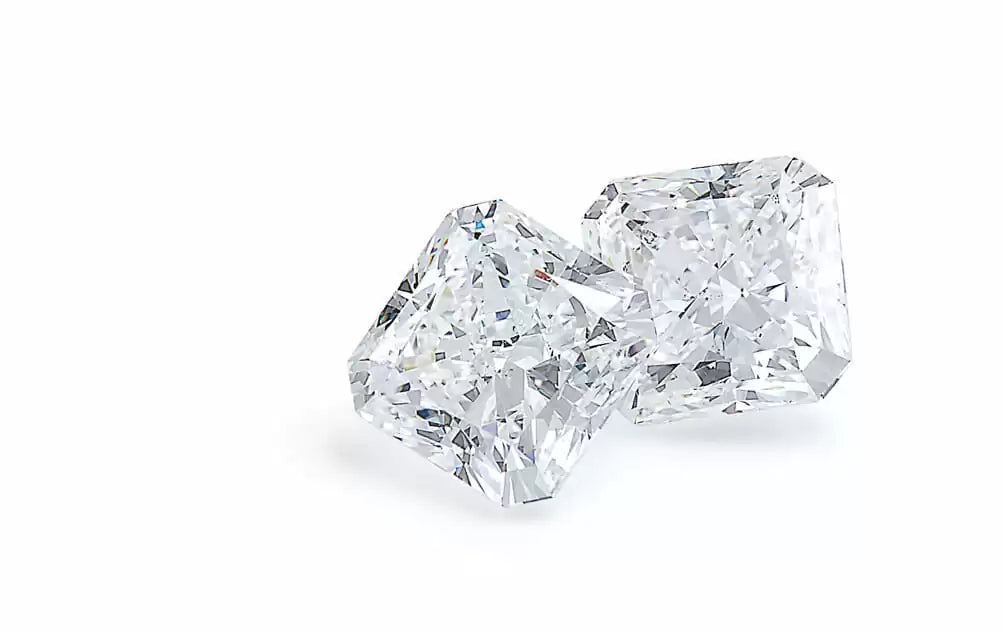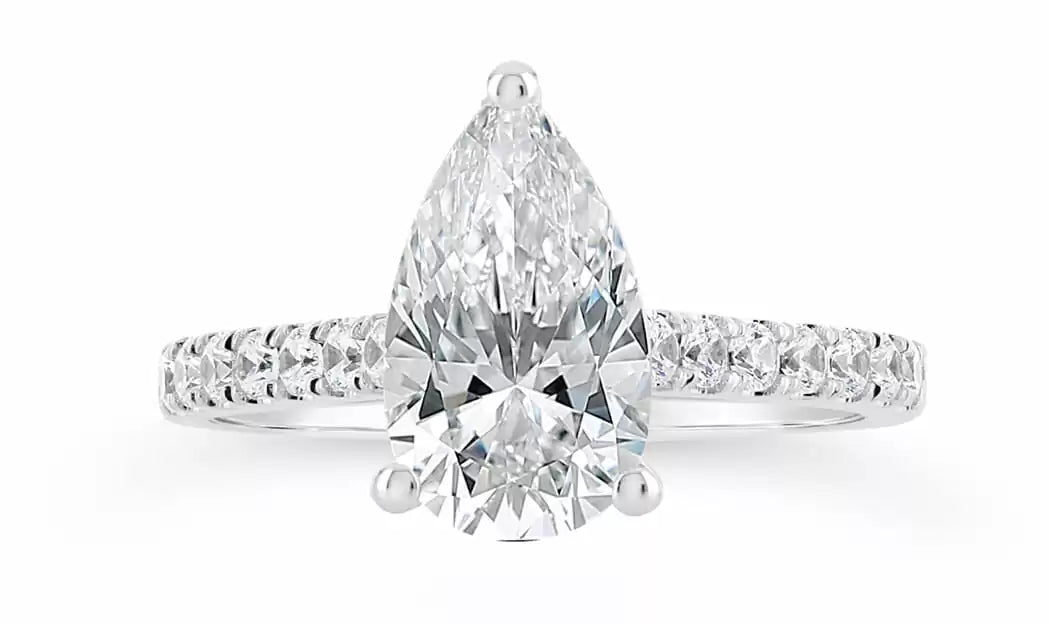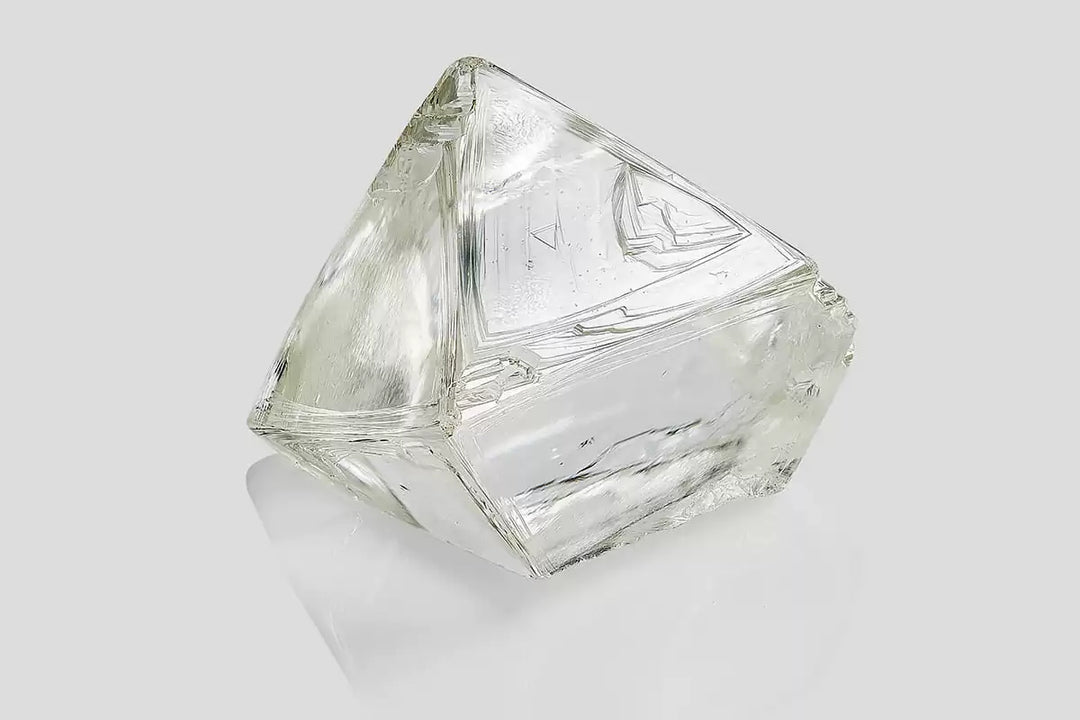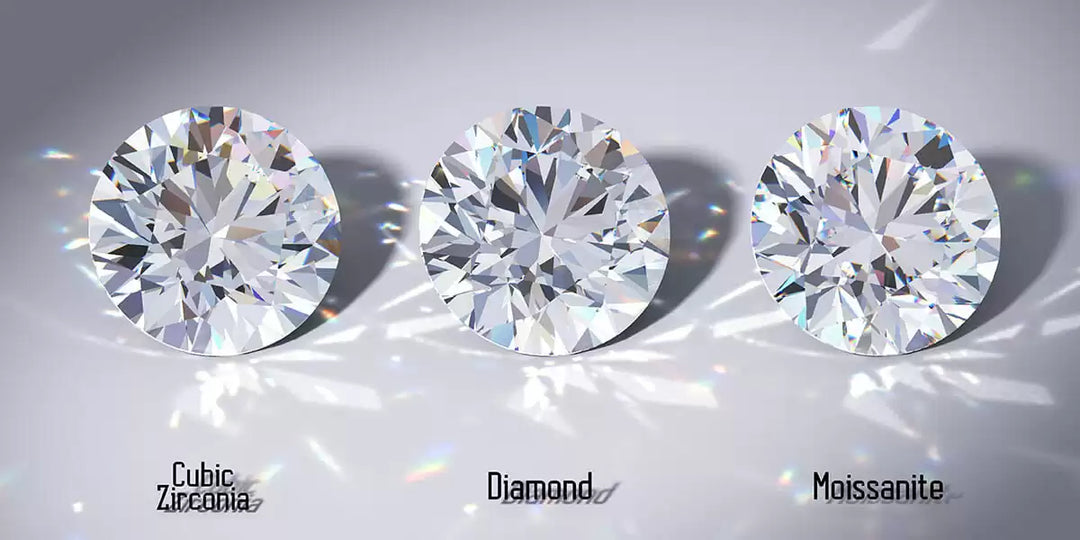Lab-Grown Diamond Education
Explore the captivating world of our lab-grown diamonds, crafted with precision. Discover a sustainable and ethical choice that celebrates your unique style and values.

What Are Lab Grown Diamonds & Are They Real?
First things first, lab diamonds are REAL diamonds. They are also referred to as Lab-Created diamonds or man-made diamonds. As the name implies, these diamonds are grown in a highly-controlled laboratory that recreates conditions of the Earth’s natural environment. Lab diamonds are chemically, physically, and optically the same as earth-mined diamonds. They look as beautiful as a natural stone in an engagement ring. The only difference is the point of origin as one is extracted from the ground while another is grown above ground.
Lab diamonds share the same physical and atomic properties as natural diamonds, and are indistinguishable from natural diamonds when viewing with the naked eye. These man-made diamonds can be tested with specialized equipment in a gemological laboratory.
How Are Lab-Created Diamonds Certified?
Lab-created diamonds undergo thorough certification processes to verify their quality and authenticity, just like naturally mined diamonds. Distinguished institutions such as the Gemological Institute of America (GIA) or the International Gemological Institute (IGI) or GCAL issue certifications forlab-created diamonds.These certificates provide comprehensive details about the diamond’s cut, carat weight, color, clarity, and other essential characteristics. The unique report number of each certified diamond is laser-inscribed on the girdle of the stone to prevent fraud, confirming the diamond’s identity.

Our Diamond Consultant on Lab & Natural Diamonds

What’s Lab-Created diamonds price compared to Natural Diamonds?
While both natural diamonds and lab diamonds possess a captivating beauty and exhibit the same fire and sparkle, lab diamonds are relatively well priced. The rarity of natural mined diamonds traditionally carries a significant price premium. As lab-grown diamonds have become more commercially available to the public in recent years, the resale value of these man-made diamonds may still be uncertain in the market. However, it’s important to note that the resale value of any diamond, whether natural or lab-grown, depends on several factors including the quality of the stone, its cut, carat weight, color, clarity, and market conditions.
Why Choose Lab-Grown Diamonds?
Great Value
For identical diamond aspects, they are less expensive than natural diamonds.
Excellent Quality
They are as beautiful and brilliant as natural diamonds.
Conflict Free
100% guaranteed conflict and mining free.
How are Diamonds Created in a Lab?
Scientists create lab diamonds by using two advanced technological processes called High Pressure-High Temperature (HPHT) and Chemical Vapor Deposition (CVD). Both processes duplicate the conditions that form natural diamonds in the Earth. Though they are formed in a different environment, these man-made diamonds have identical composition and require the same cutting/polishing process to natural diamonds.
While natural diamonds take billions of years to form, lab diamonds can be grown in a few weeks or months.


Laboratory Grown Diamonds vs. Diamond Simulants
Lab diamonds are pure crystallized carbon diamonds. They are NOT diamond simulants that are created to mimic the appearance of diamonds.
Popular simulant options such as Cubic Zirconia (CZ) and synthetic Moissanite have a similar look to natural diamonds but do not share the physical properties or chemical composition of the diamonds. A skilled jeweler or gemologist can identify Cubic Zirconia and Moissanite with a jewelry loupe.


